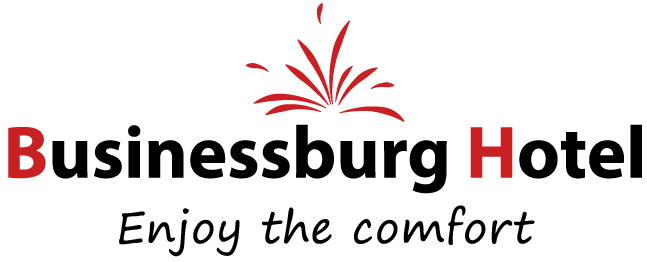TOURIST INFORMATION
Johannesburg also known as Jozi, Jo’burg or Egoli, is the largest city in South Africa, by population. Johannesburg is the provincial capital of Gauteng, the wealthiest province in South Africa, having the largest economy of any metropolitan region in Sub-Saharan Africa. The city is one of the 40 largest metropolitan areas in the world and is also the world’s largest city not situated on a river, lake, or coastline.
While Johannesburg is not officially one of South Africa’s three capital cities, it does house the Constitutional Court, South Africa’s highest court. The city is the source of a large-scale gold and diamond trade, due to its location on the mineral-rich Witwatersrand range of hills. Johannesburg is served by O.R. Tambo International Airport, the largest and busiest airport in Africa and a gateway for international air travel to and from the rest of Southern Africa. More recently Lanseria International Airport has started international flights, and is situated conveniently on the opposite side of the metropolis.
According to the 2007 Community Survey, the population of the municipal city was 3,888,180 and the population of the Greater Johannesburg Metropolitan Area was 7,151,447. A broader definition of the Johannesburg metropolitan area, including Ekurhuleni, the West Rand, Soweto and Lenasia, has a population of 10,267,700. The municipal city’s land area of 1,645 km2 (635 sq mi) is very large when compared to other cities, resulting in a moderate population density of 2,364 /km2 (6,120 /sq mi).
Johannesburg includes Soweto, which was a separate city from the late 1970s until the 1990s. Originally an acronym for “SOuth-WEstern TOwnships”, Soweto originated as a collection of settlements on the outskirts of Johannesburg populated mostly by native African workers in the gold mining industry. Eventually incorporated into Johannesburg, the apartheid regime (in power 19481994) separated Soweto from the rest of Johannesburg to make it a completely Black area.
The area called Lenasia is now also part of Johannesburg, and is predominantly populated by those of Indian ethnicity since the apartheid era.
The Gauteng province as a whole is growing rapidly due to mass urbanisation, which is a feature of many developing countries. According to the State of the Cities Report, the urban portion of Gauteng comprising primarily the cities of Johannesburg, Ekurhuleni (the East Rand) and Tshwane (greater Pretoria) will be a polycentric urban region with a projected population of some 14.6 million people by 2015.
